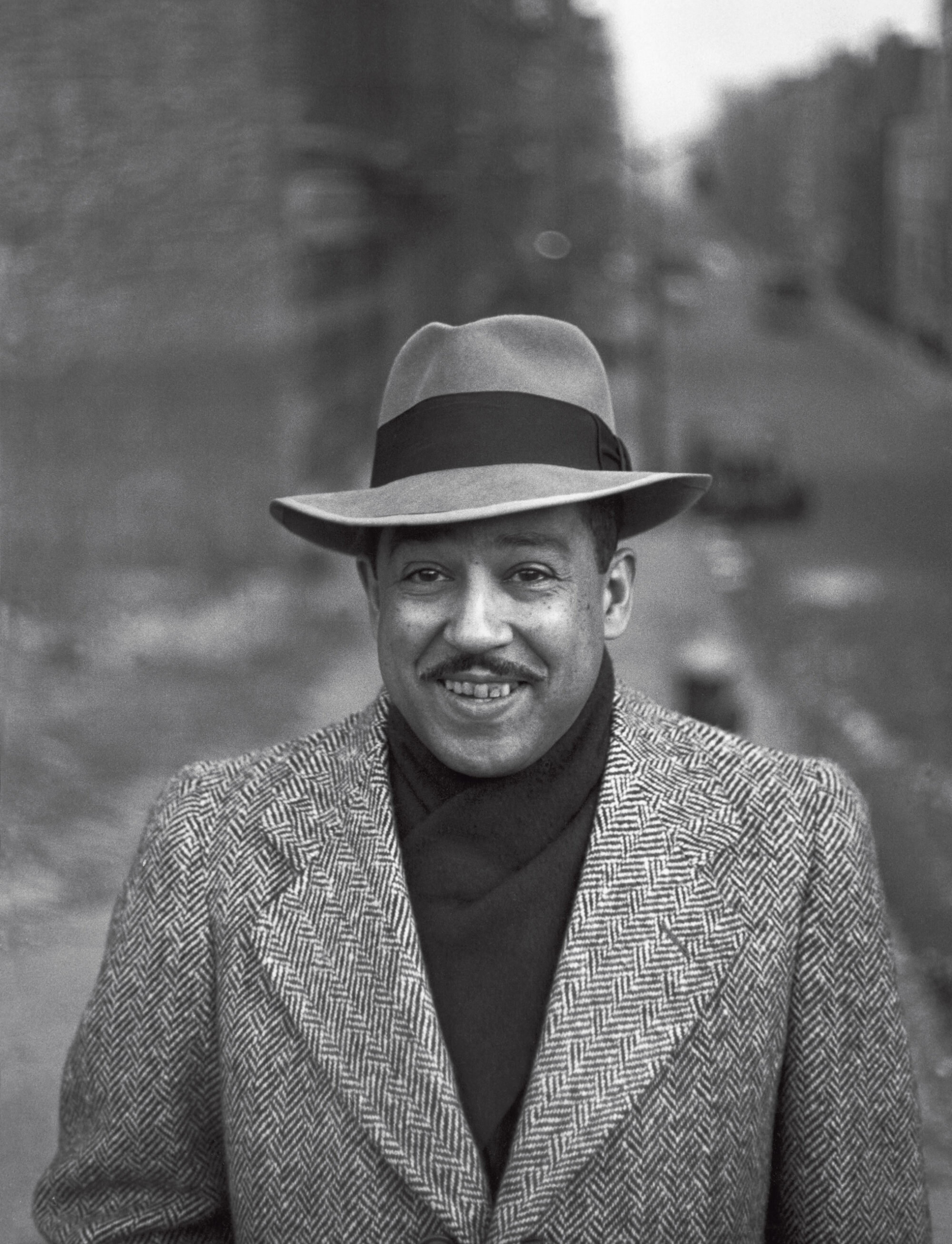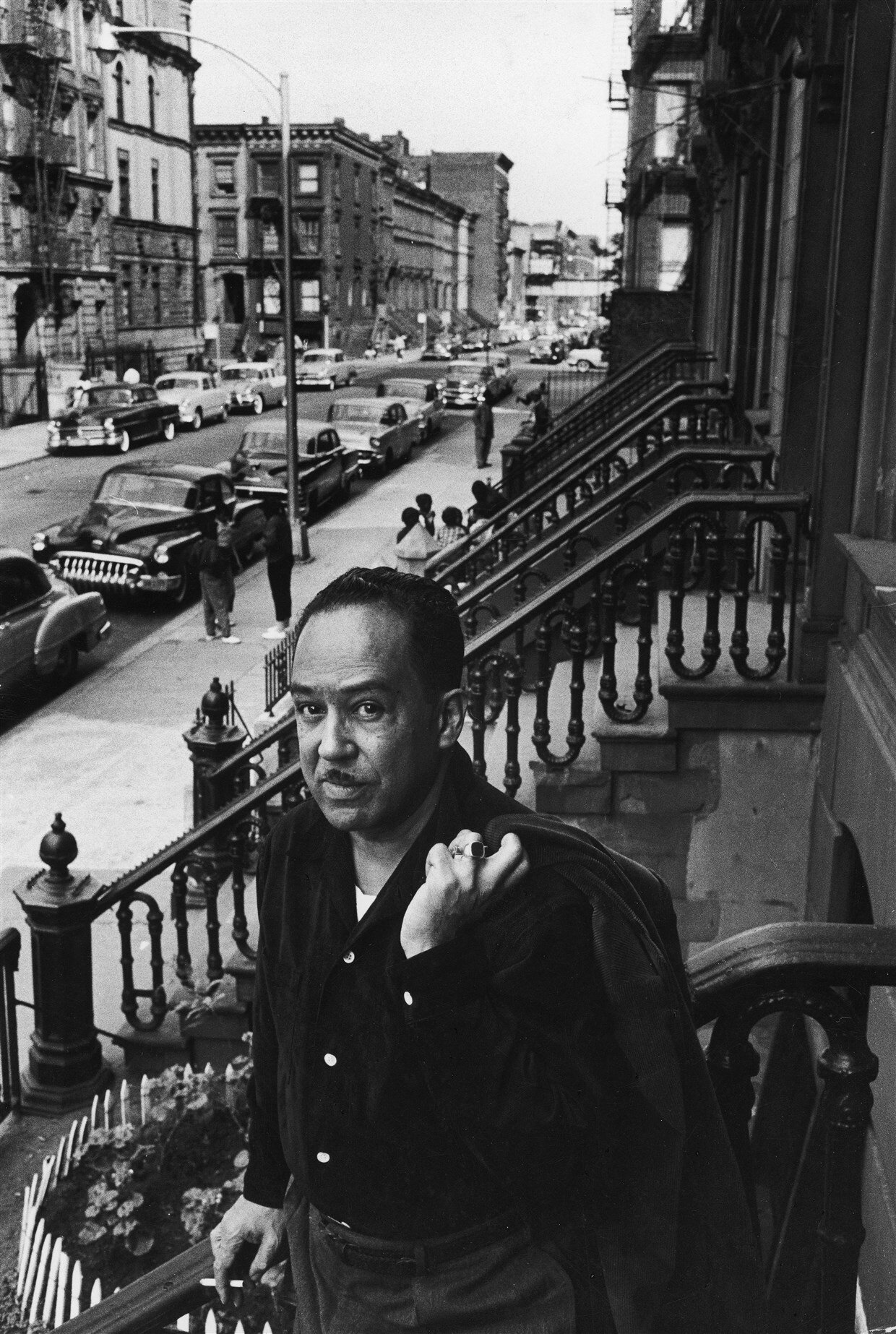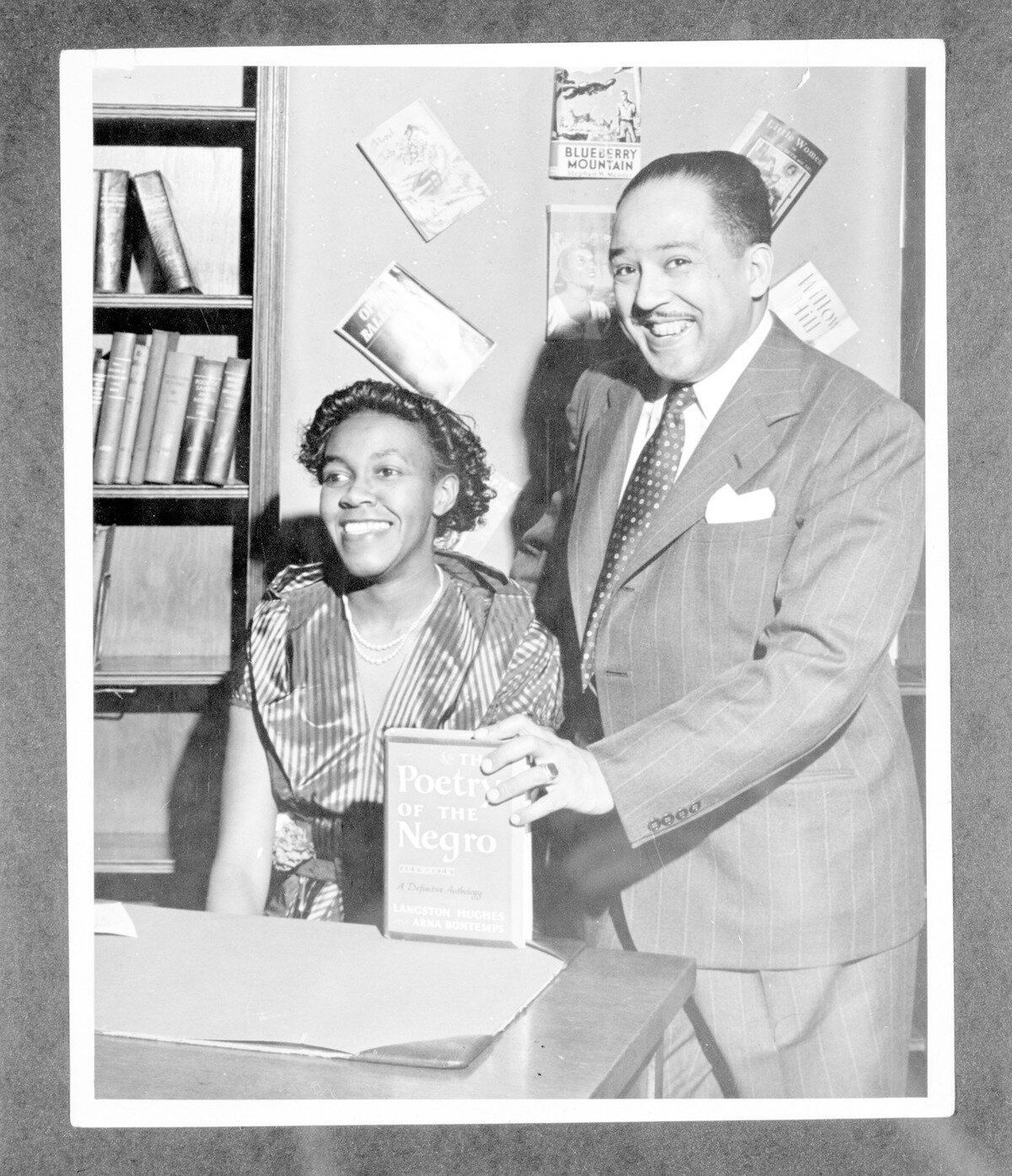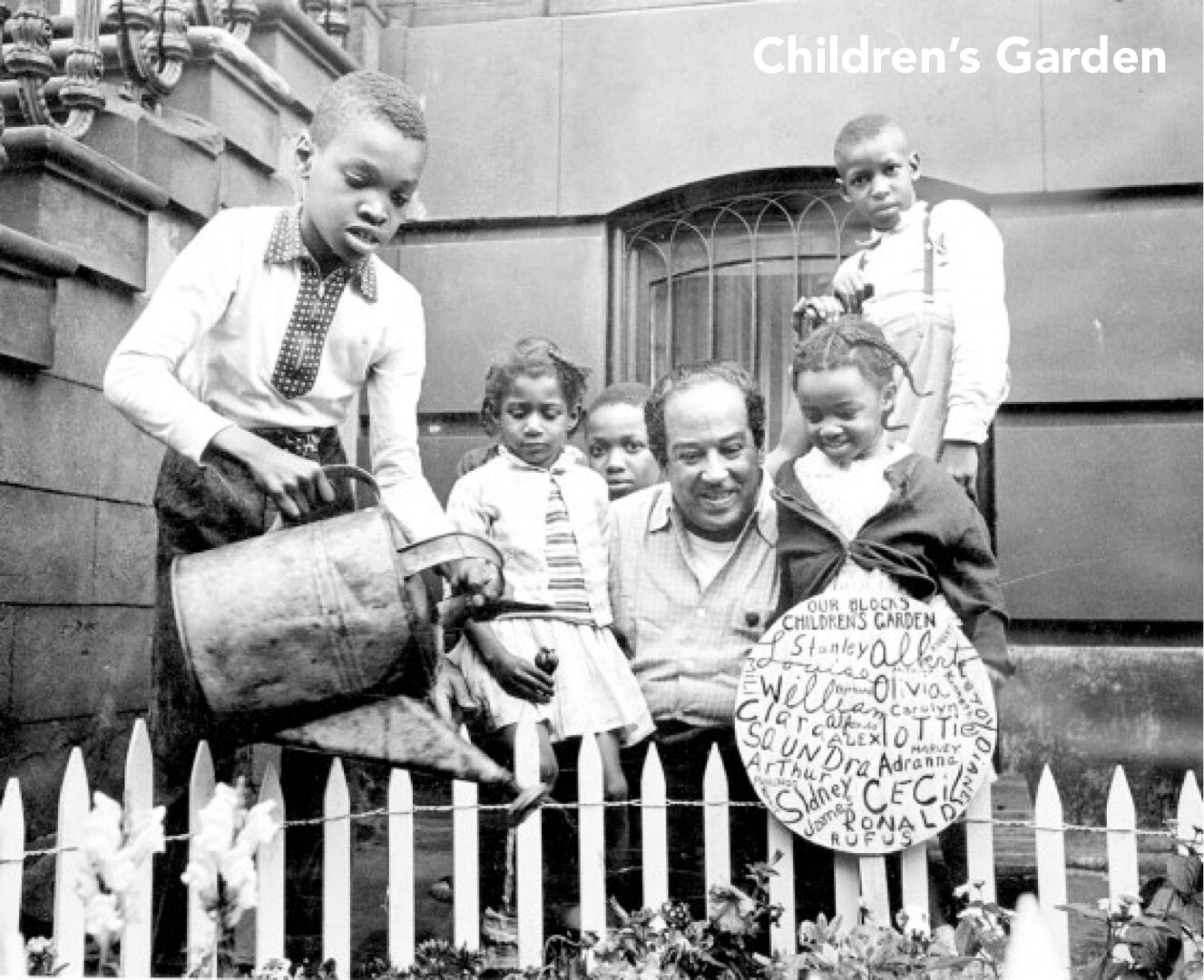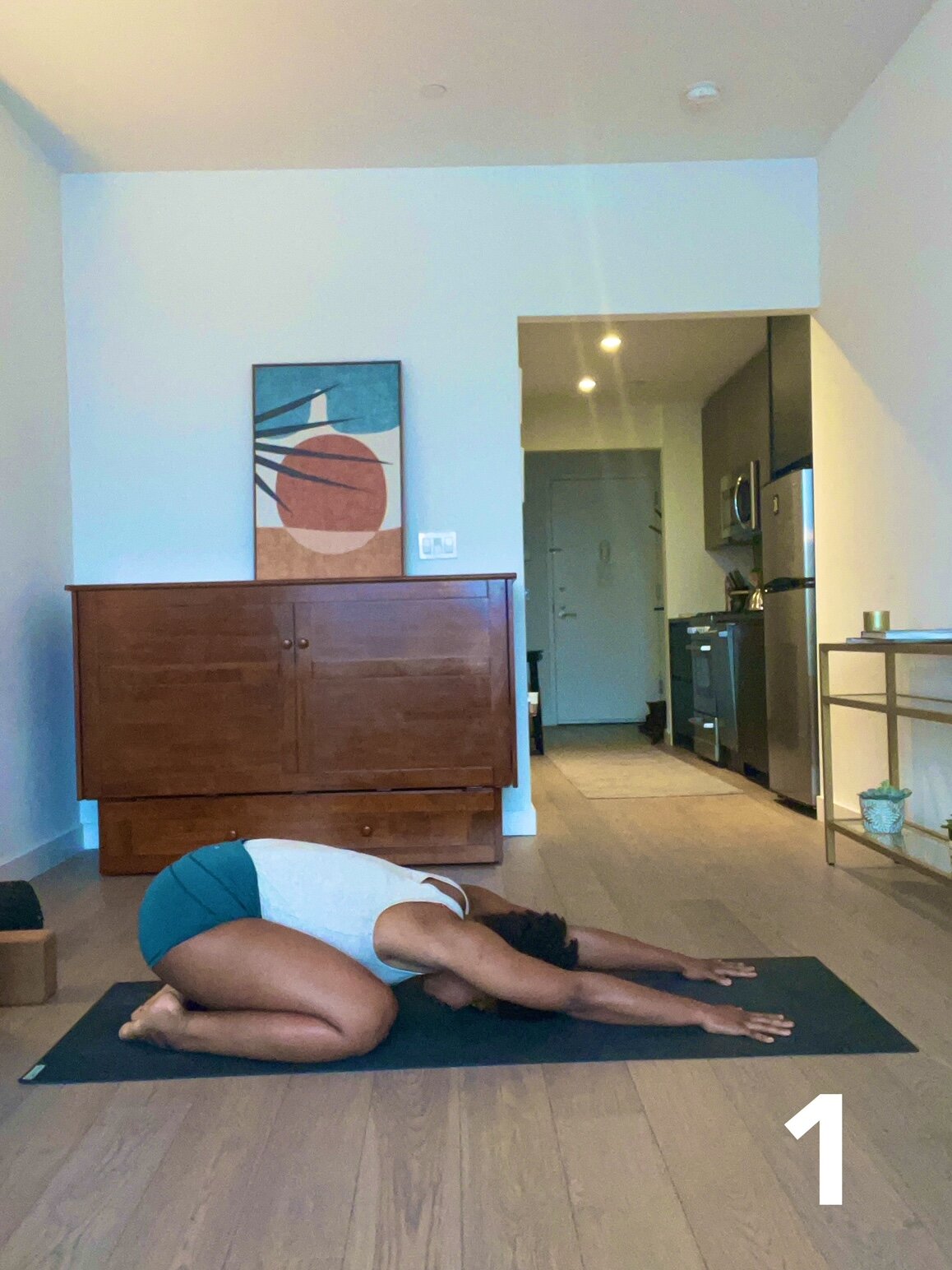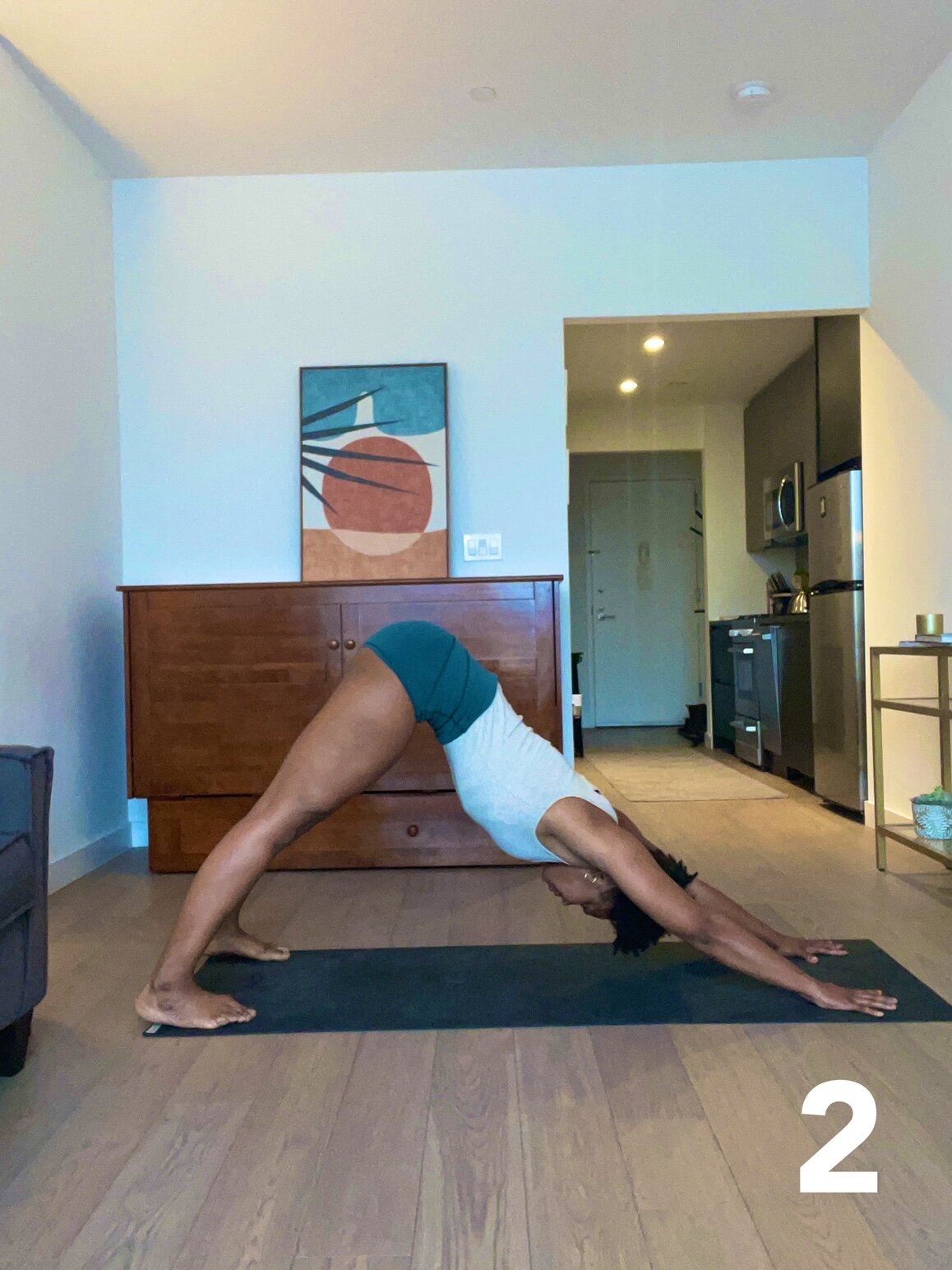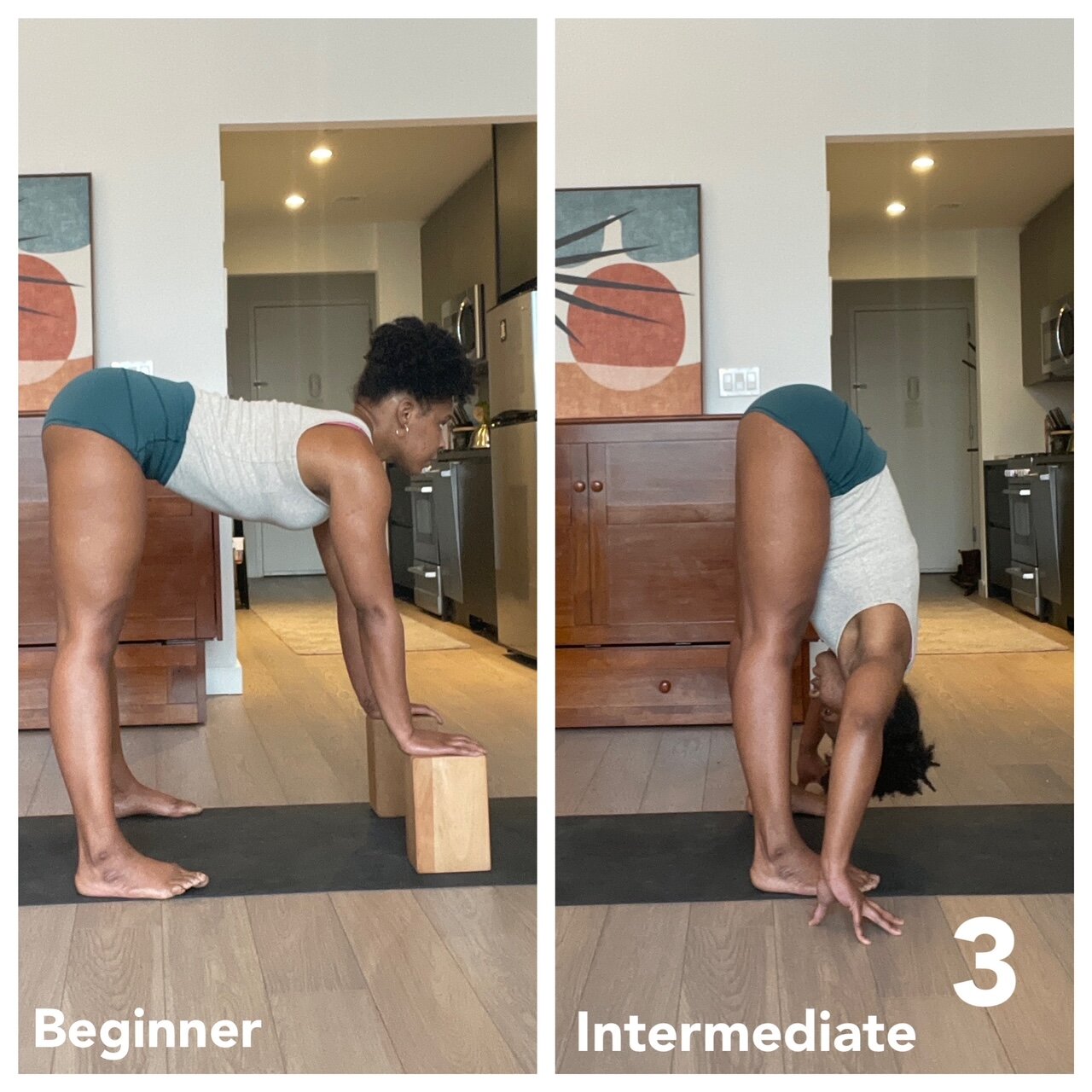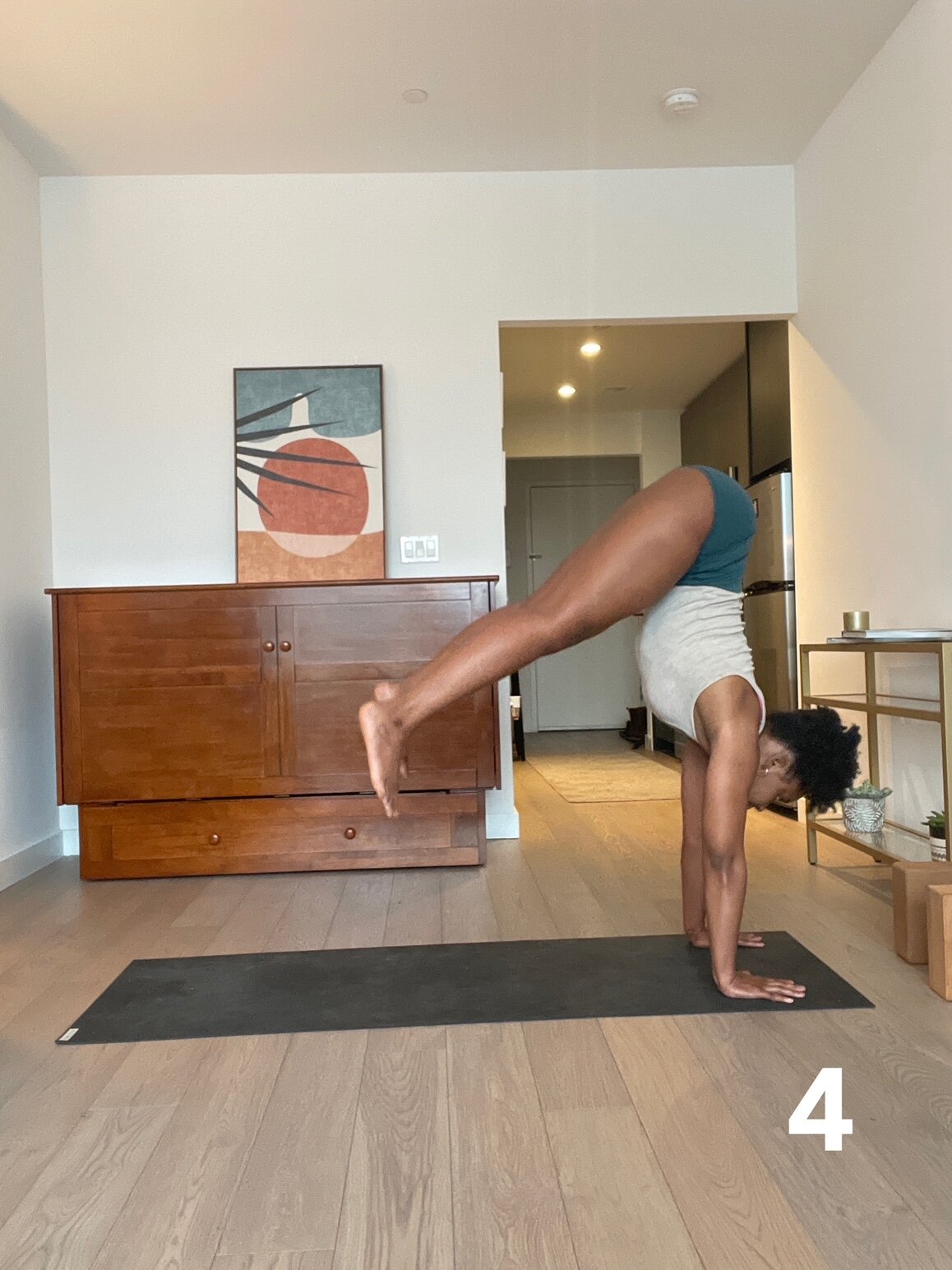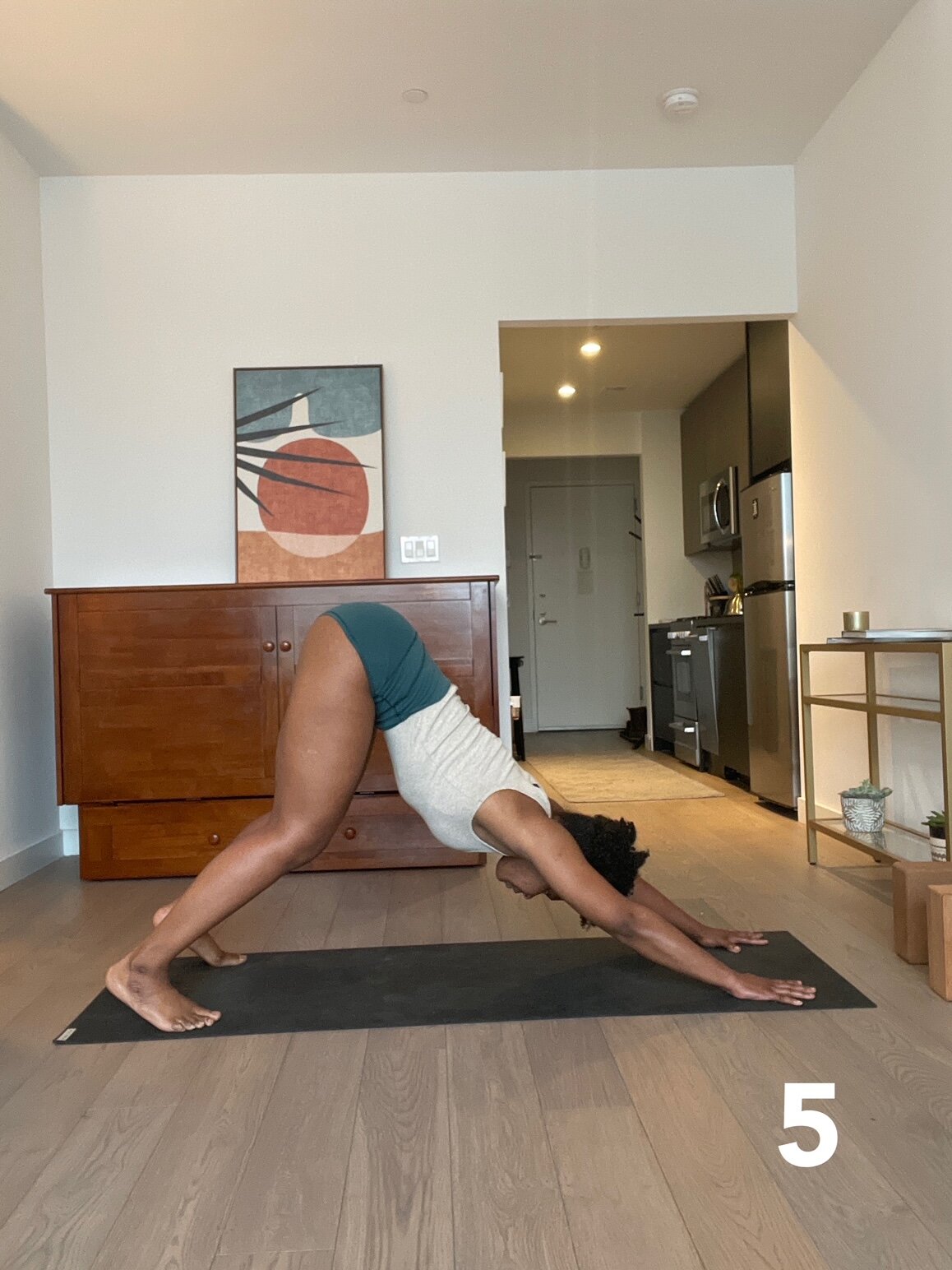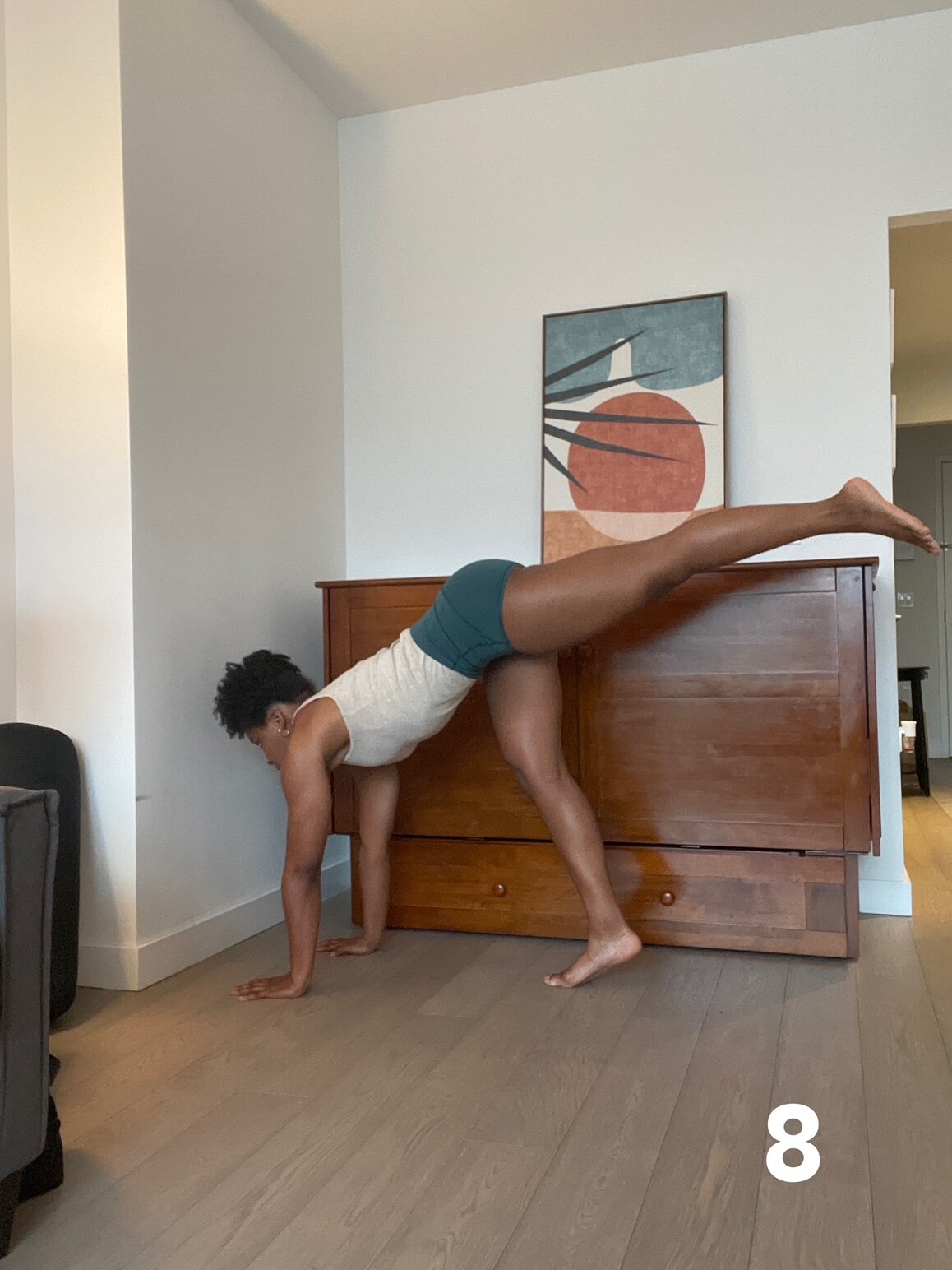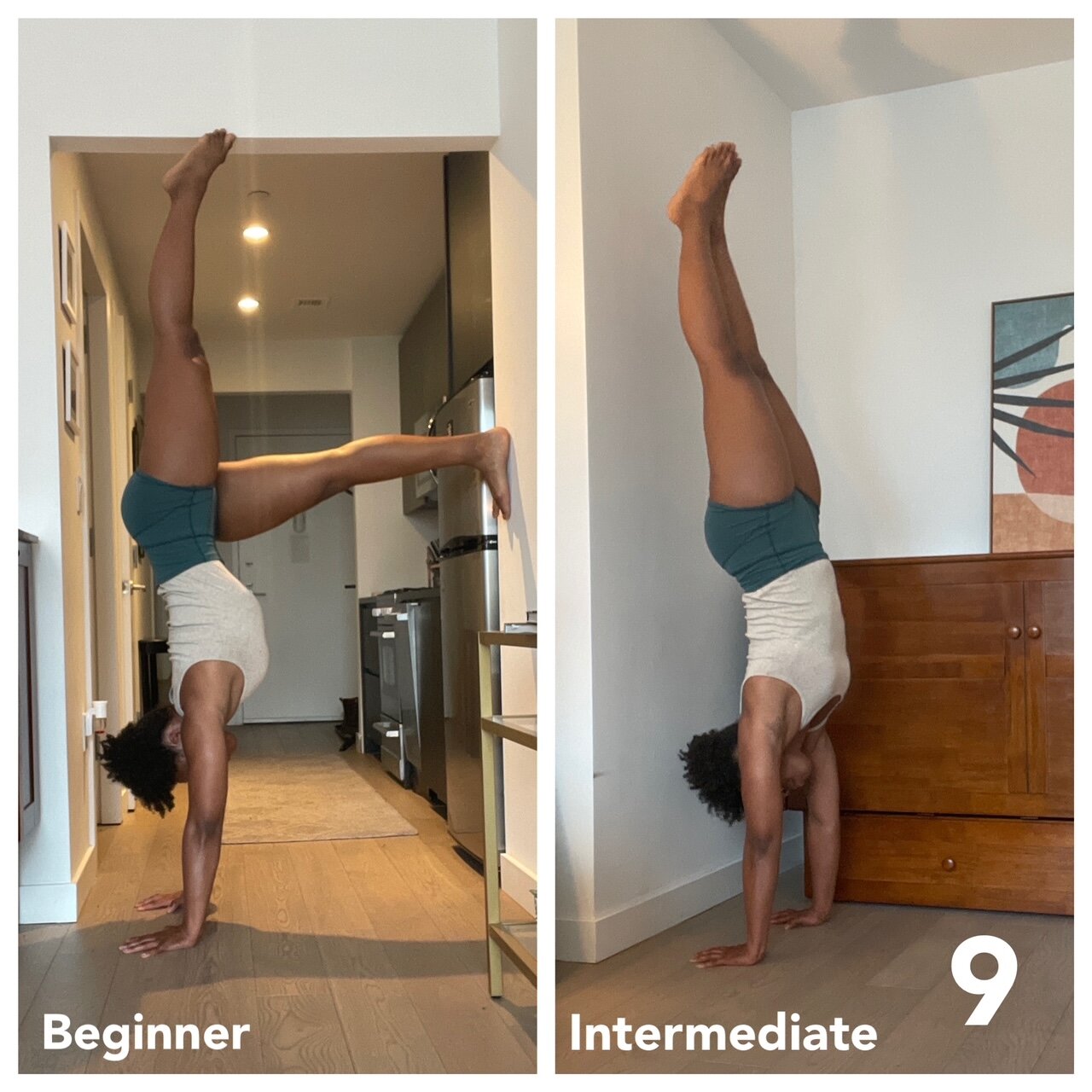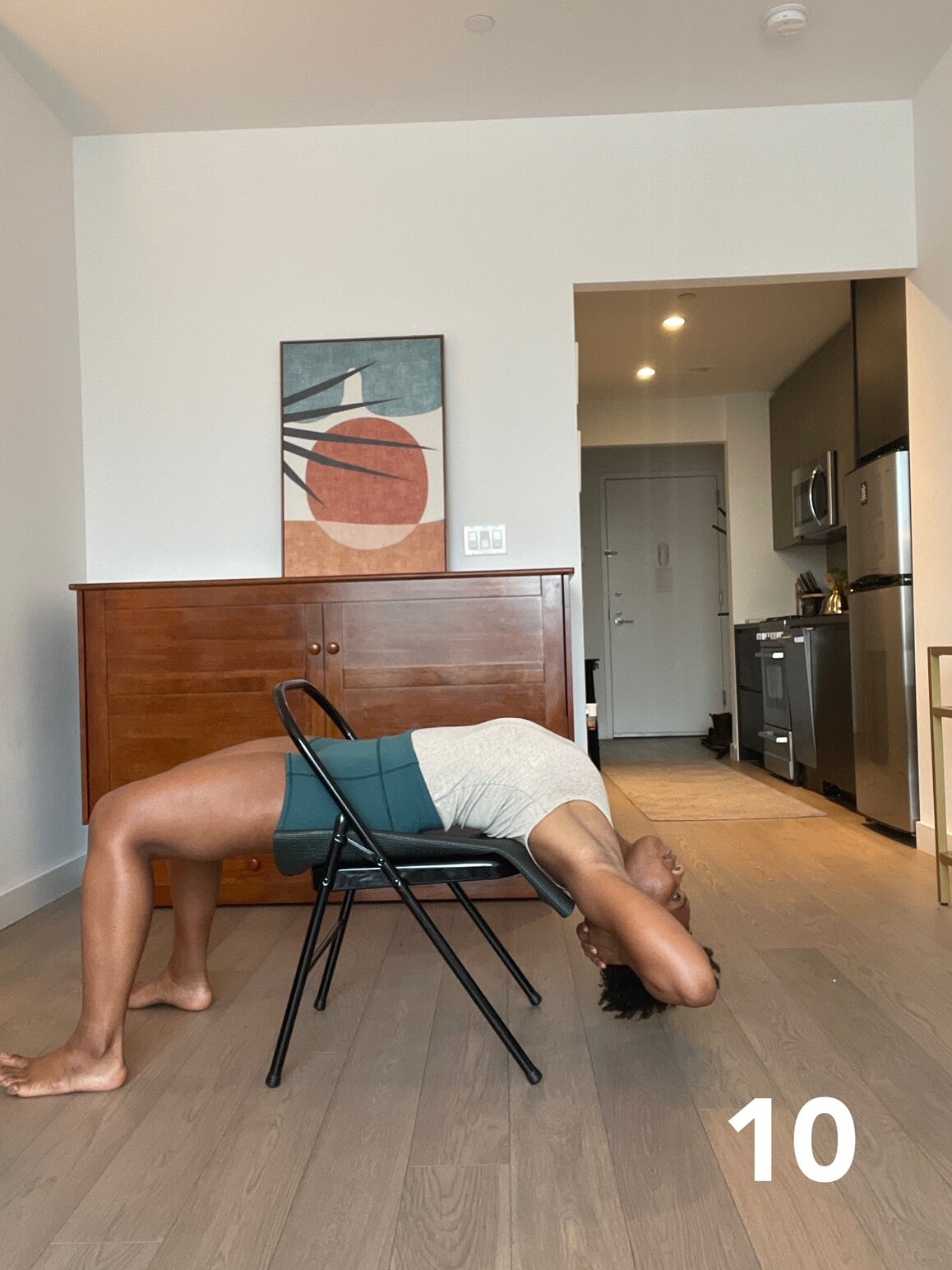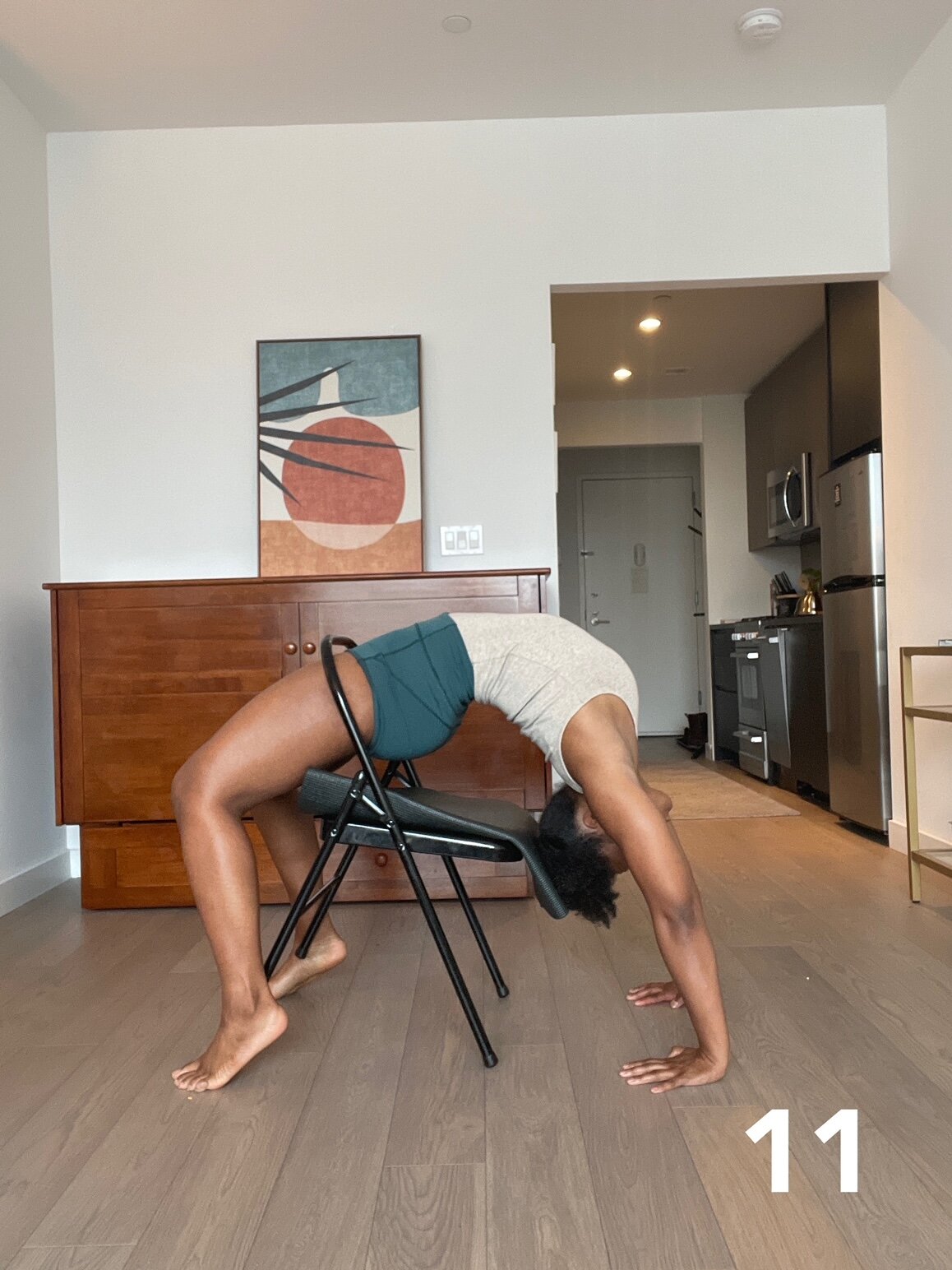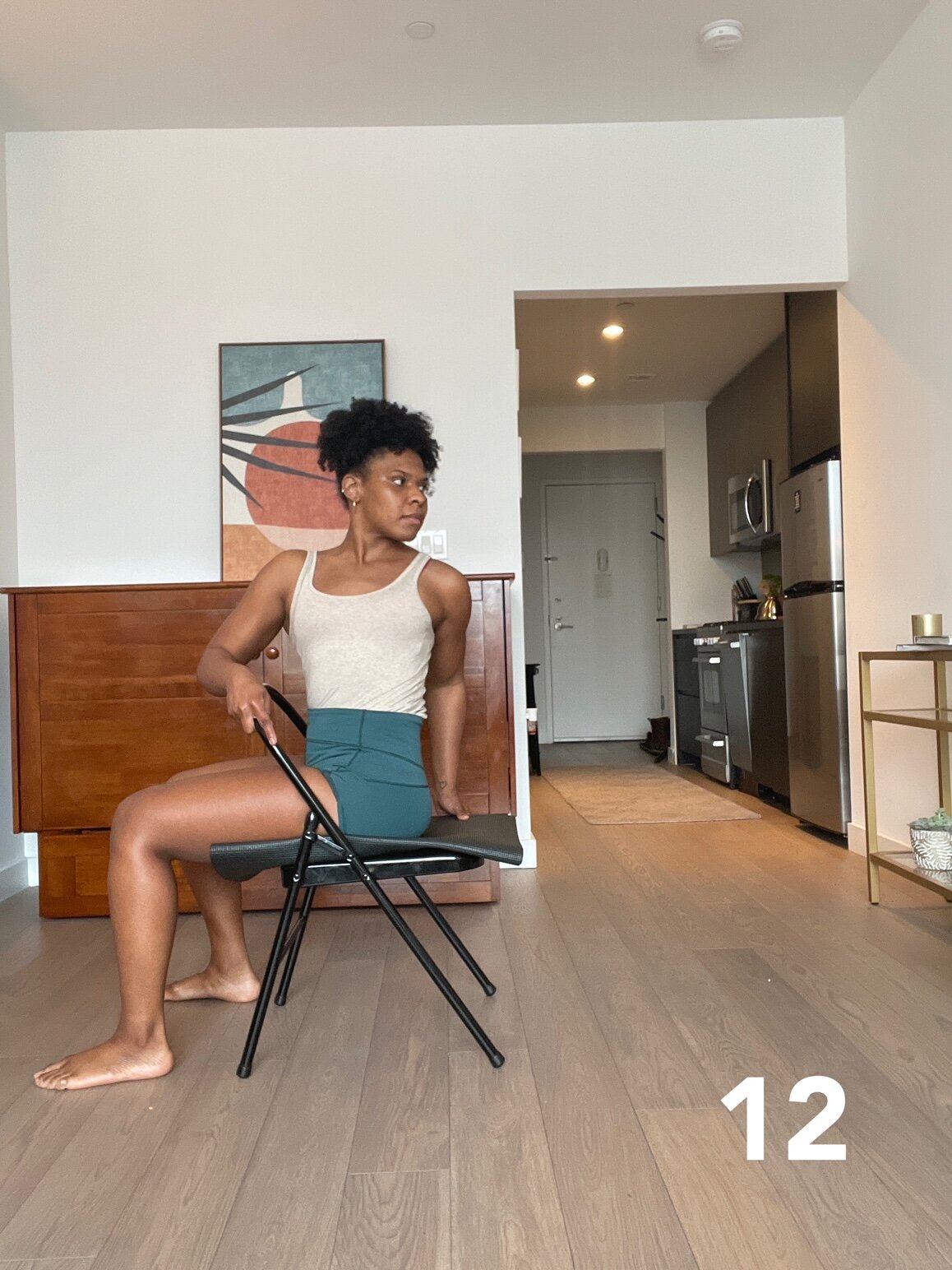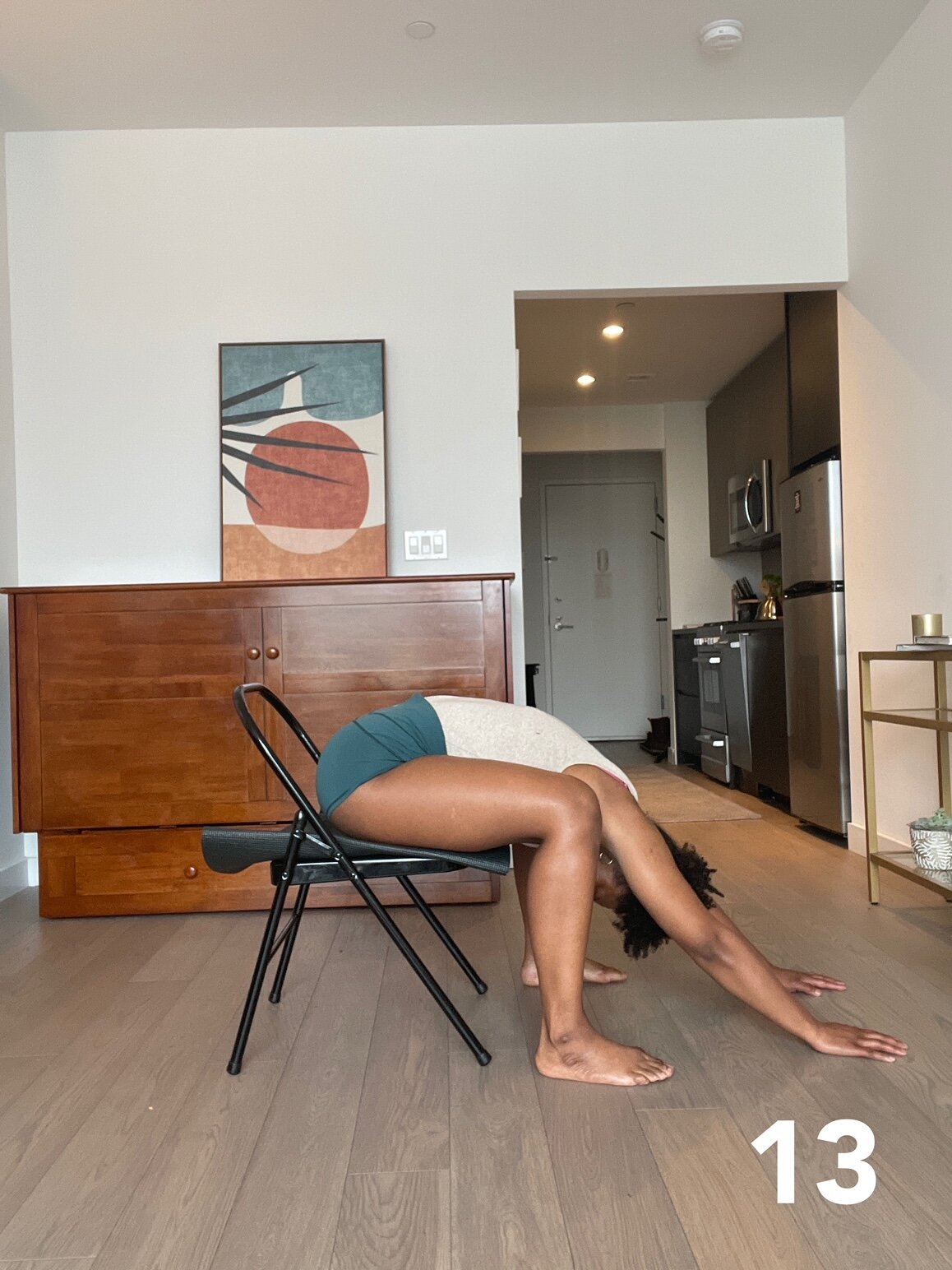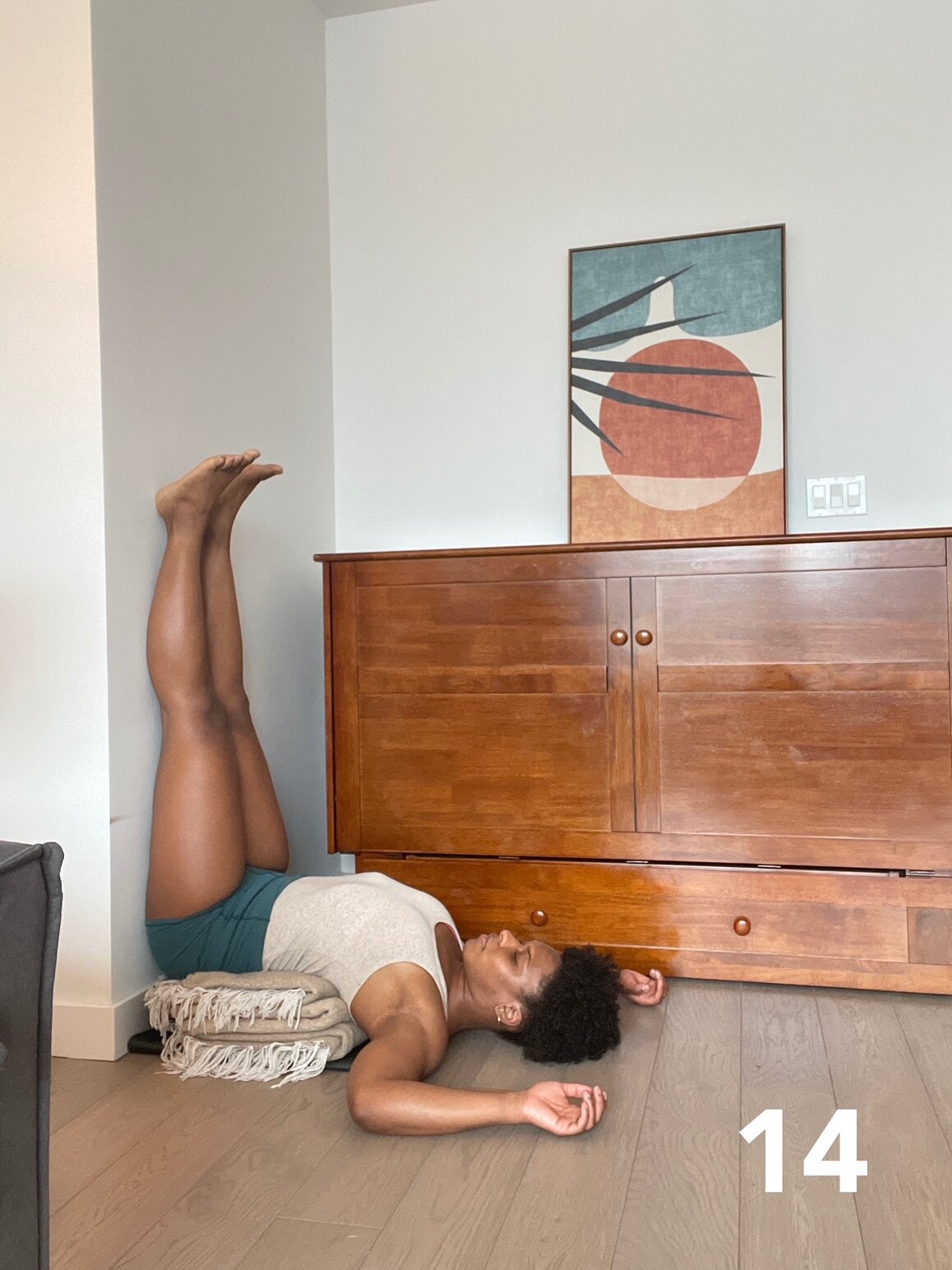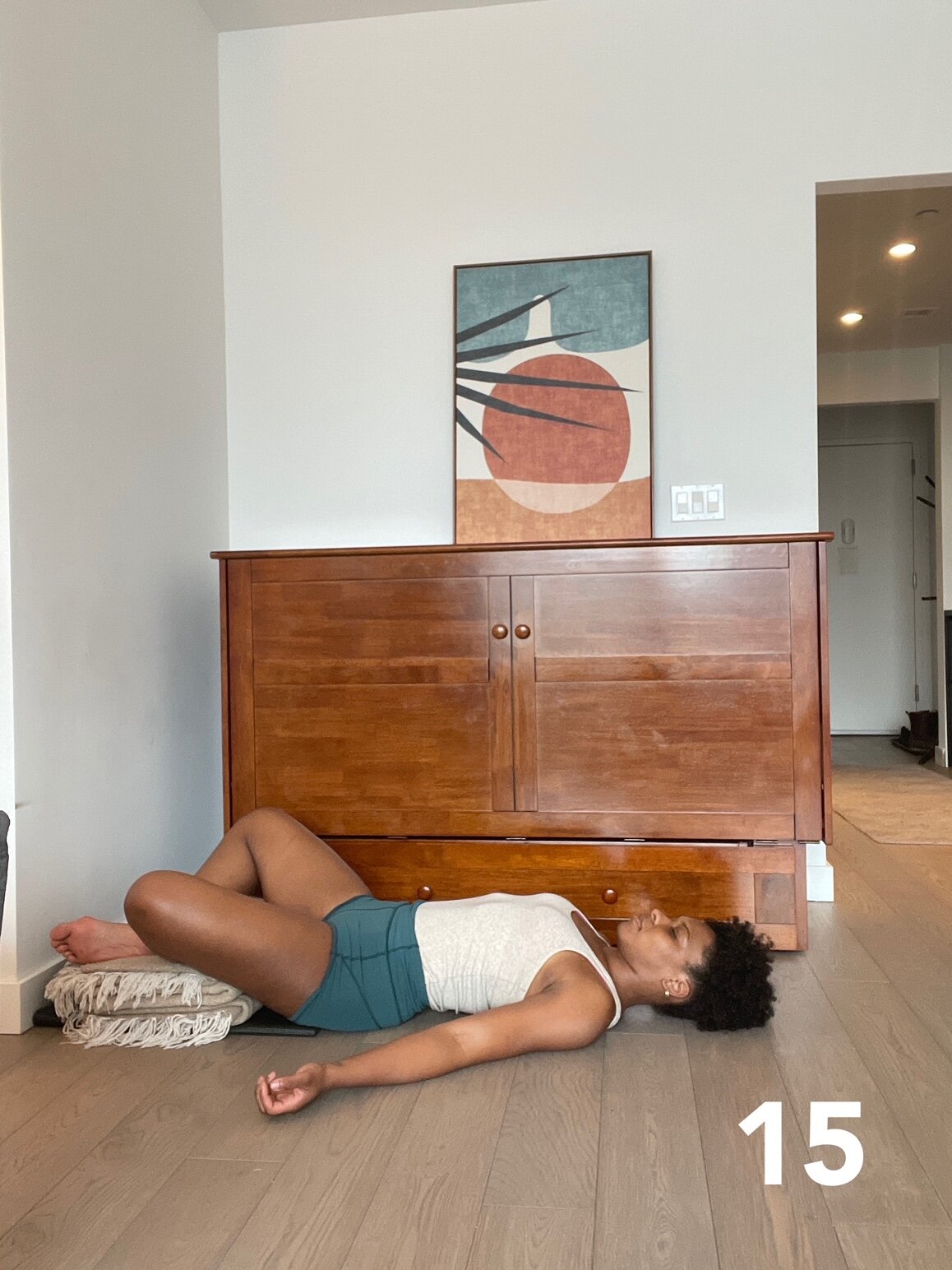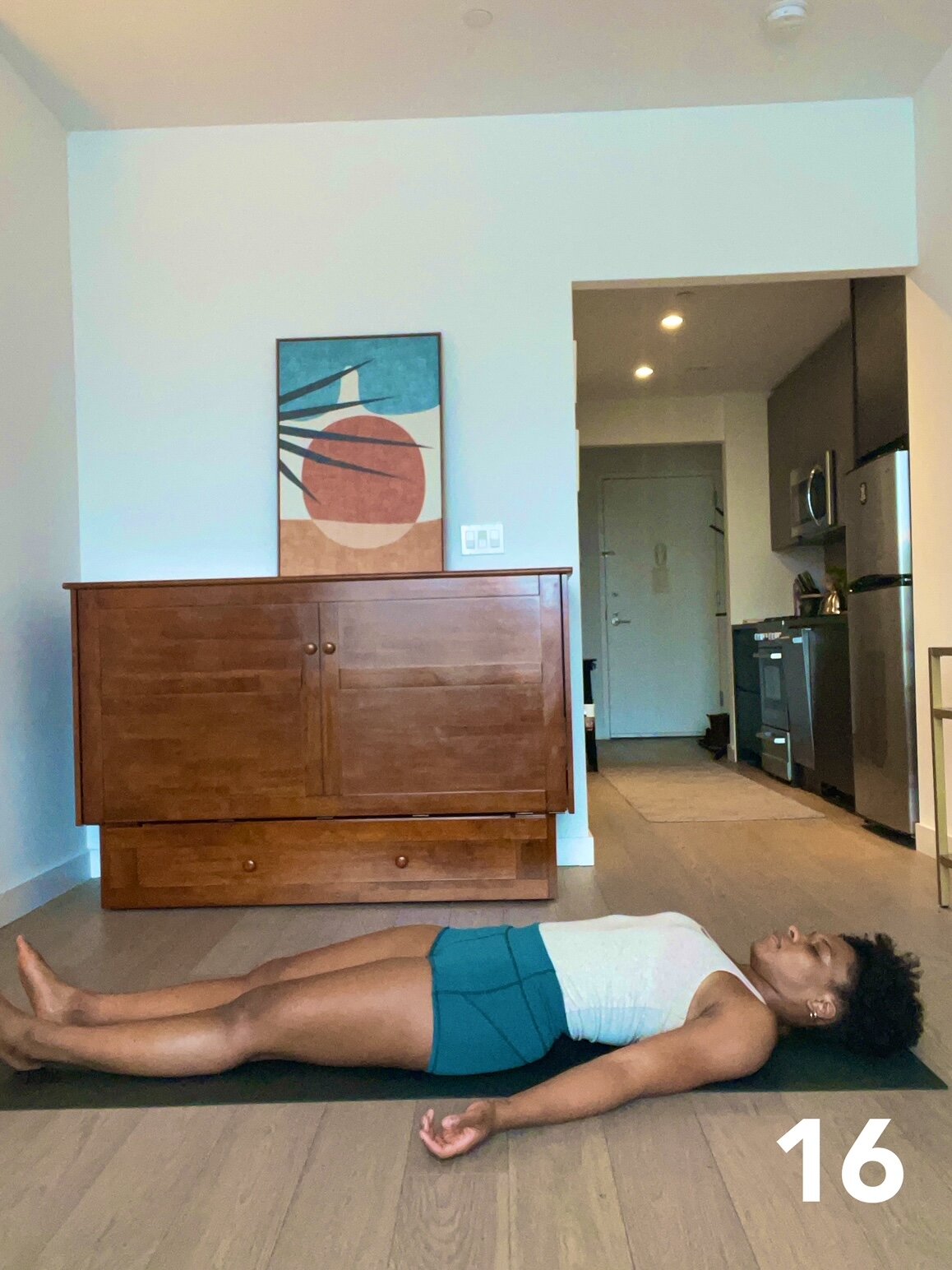Dreams.
Dream
Hold fast to dreams
For if dreams die
Life is a broken- winged bird
That cannot fly.
Hold fast to dreams
For when dreams go
Life is a barren filed
Frozen with snow.
Langston Hughes was born James Mercer Langston Hughes, on February 1, 1901 in Joplin, Missouri. He was raised by his grandmother until he was 13, when he moved to Lincoln, Illinois with his mother and her new husband. It was in Lincoln that he began to write. After graduating from high school in 1920, he spent a year in Mexico City with his biological father. Until then his relationship with his father was strained, since he didn’t see much of him as a kid. On his way to Mexico he boarded a train. As the train crossed the Mississippi River he looked out the window, and saw the “great muddy river flowing down toward the heart of the South.” Thinking about what the river meant to Black people, “how our history was linked to this river” he recalled the many stories his grandmother told him about how Black slaves feared being sold down the Mississippi River. He then remembered a story he heard about Abraham Lincoln traveling down that same river, and how horrifying it was for him to see people being bought and sold. Those images stuck with him, and of course many years later he signed the Emancipation Proclamation freeing the slaves.
That experience on the train watching the river, and remembering its history inspired him to write one of his most famous poems “The Negro Speaks Of Rivers” He wrote the poem on the back of the letter that his father sent him, while riding down the Mississippi River. While in Mexico his father tried to persuade him to give up writing, he wanted him to take up engineering instead. Luckily for us not only did Langston Hughes refuse to give up writing, he became even more determined to follow his dream, and even challenged himself to further develop his skills.
In 1921 Langston returned to America and enrolled in Columbia University in New York. Though he maintained high grades, he found the atmosphere at Columbia, and the white academic world boring. The highlight of his college experience was the nightly visits he’d take “down the hill” to Harlem, this is when he fell in love with jazz. He believed that music and poetry worked together, this sparked the jazz influence in his poetry. He left Columbia after just one year, and signed up to work on a freighter. Voyages took him to West Africa, Paris, and Spain. Upon returning to America, Langston worked as a busboy at a hotel in Washington, D.C. He originally planned to save up enough money to go back to school, but he made very little money, and due to the racial tensions in D.C. he eventually moved back to Harlem. He wrote his first book of poetry “The Weary Blues” in 1926. More than any other writer or poet, Langston Hughes recorded the nuances of every day Black life in his work. He was the people's poet, writing about Black people's struggles and joy.
Langston Hughes “walked through life with a wink in his eye.” Though he often wrote while depressed and lonely, his friends described him as outgoing, pleasant to be around, and they said that he loved to laugh, and loved to make other people laugh. He would often go on walks in the evening, he’d say “hi” to his neighbors, and take in all of Harlem. “There is a comfort walking among your people, you see so many stories” Much of his writing was inspired by the stories he saw on those walks. Langston Hughes always helped guide and mentor young artists. On Sunday afternoons he would host small gatherings at his brownstone in Harlem, guests would include his friends, young writers, and actors taking courses at the American Negro theatre, to talk, share ideas, and read poetry. They came to get inspired by Langston, and he also was inspired by them.
A lot of Black artists at the time felt like they had to prove themselves, and their work to attract white audiences, and to please white critics. Langston Hughes taught them that their art needn’t be stiff, nor pretend to be white, This is evident in his poems like the ones below.
Little Lyric (Of Great Importance)
By Langston Hughes
I wish the rent
Was Heaven Sent.
Ennui
By Langston Hughes
It’s such a
Bore
Being always
Poor.
Langston Hughes was considered the Ambassador of Harlem. He not only helped guide other artists, he cared for the children in Harlem as well. Once, when neighborhood children started pulling up the flowers he had planted in his garden, he dealt with it by teaching the children how to garden. He named the garden “The Children’s Garden” and each flower was named after the child that planted it.
What I love about Langston Hughes’ story is how real he was, and how real and honest his work is. It's a beautiful reminder that our journey may not be glamorous, or perfect as we ourselves are not perfect. Following our dreams is about being honest and true to ourselves, and what's in our heart. It’s about living in your purpose, and sharing what is real and true to you, and inspiring others to do the same.
How Yoga Can Help
“Yoga is like music. The rhythm of the body. The melody of the mind. And the harmony of the soul create the symphony of life”
- B.K.S. Iyengar
Yoga helps us tune into ourselves, the freedom in the body, intelligence of the mind, and the love and strength of the heart and soul. The yoga sequence below takes the body through full range of motion. The active poses strengthen the body, and helps build confidence. Winding down with supported poses helps relax the physical and organic body, quieting the distractions, eliminate fear, doubt, stress, and anything else that takes our attention away from following our dreams. Together the active and supported poses increase drive and creativity, to help make our dreams come true.
Poses 1- 3
Stretch the arms and legs to extend the sides of the body.
1. Adho Muka Virasana (Downward Facing Hero Pose/ Child’s Pose) Separate the knees as wide as the sticky mat, bring the big toes together, and sit back on your heels, stretch the the arms forward to extend the sides of the body.
2. Adho Muka Svanasana (Downward Facing Dog Pose) From child’s pose lift up onto your hands and knees, separate your feet as wide as the mat, tuck your toes under and lift your legs up. Fully stretch the arms and legs to lengthen the sides.
3. Uttanasana (Intense Stretch Pose/ Standing Forward Bend) From downward dog pose walk forward toward the front of the mat. Separate your legs as wide as the mat. Stretch the legs as you extend the sides of the trunk.
Poses 4- 10
Energizing jumps to build heat.
4. From uttanasana bend your knees, and place your hands flat on the mat. Raise your hips up high in a springing/ jumping action.
5. Jump to the back of the mat. Stretch the arms and legs in downward dog pose.
6. From downward dog bend your knees, look forward between your hands. Raise your hips up high in a springing/ jumping action.
7. Jump to the front of the mat in uttanasana.
Poses 8- 9
Strengthen the arms, firms the upper back, and activates the legs.
8. Kicking up (Pose 11) Place your hands on the floor a hands distance away from the wall. Step one foot forward, raise the other leg up. Push off the bottom foot to kick up to the wall.
9. Adho Muka Vrksasana (Full Arm Balance) Kick up into full arm balance (handstand at the wall) or walk your feet up the wall.
Poses 10- 13
Fully extend the sides of the body, and elongate the spine. Mobilize the upper back and shoulders, to fully open the chest and release the head and neck.
10. Dwi Pada Viparita Dandasana (Inverted Staff Pose) Take your buttocks off the chair seat, and lie back on the chair so that your shoulder blades are on the chair seat. Press your feet to the floor, and press your hands into the backrest to curve over the chair. Stop when the middle of the shoulder blade is at the edge of the chair seat. Pause, and interlock your fingers behind the back of your head for support. With an inhalation spread and open the chest, exhale and let the upper back rest on the edge of the chair seat.
11. Urdhva Dhanurasna (Upward Bow) From Dwi Pada Viparita Dandasana place your hands on the floor beside your head, with the hands in line with your shoulders. Press your hands and your feet and lift up any amount. To come out of the pose lower your back onto the chair seat. Hold the back of your head with one hand, and the backrest of the chair with the other hand. Us your hand to lift yourself up
12. Bharadvajasana (chair twist) Sitting in the chair twist to your right to turn your abdomen, ribs, shoulders and chest. Twist to the other side and turn the trunk fully.
13. Pavanmuktasana (forward extension) Sit in the chair with your back towards the backrest, separate your feet as wide as the chair legs. stretch your forward on the floor to extend the sides of the trunk.
Poses 14- 16
Supported poses help rest the body and quiet the mind.
14. Viparita Karani (Legs Up the Wall Pose) Place a bolster/ pillow, folded blankets, or stack books an inch away from the wall for support. Site sideways against the wall. Swing your legs up the wall so that your hips are on the support. Tuck the shoulders under, rest here for 5 minutes.
15. Supta Swastikasana (supine pose) From Viparita Karani bend your knees, press your feet into the wall, and slide toward your head until your back and buttocks are on the floor. Cross your legs over the blankets, pillows, or bolsters. Rest her for 3 minutes, then change the cross of the legs and rest for another 3 minutes.
16. Savasana (Corpse Pose) Bend your legs, press your feet into the wall, and slide toward your head so that your back and buttocks rest on the floor. Cross your legs over the support, and rest in this position for 3 minutes. Change the cross of the legs, and rest there for three more minutes.



